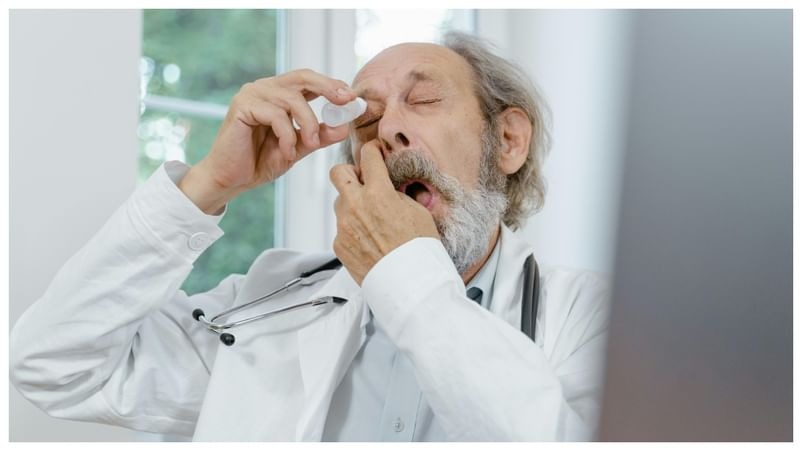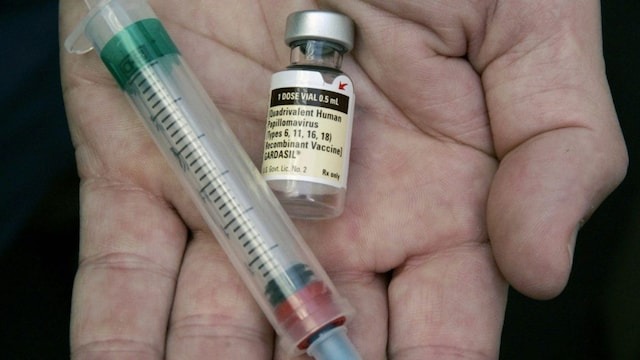
New Delhi- As a person gets older, many bodily changes can occur and this results in the need to maintain an eye on eye health. Glaucoma, a group of eye diseases that lead to damage of the optic nerve, is of more concern in older people. In the absence of treatment, it can cause blindness. Vision loss has to be confronted as early as possible. Dr G. R. Reddy, G. R. Reddy Eye Care Center - Thadepalligudem has shared a word of caution for elderly around glaucoma.
Types of Glaucoma In Older People
Primary open angle glaucoma: POAG is mildest and common form of glaucoma. It has a prolonged course and In early stages, it is symptomless and unnoticed. It occurs when the eye's nerve gets blocked which is accompanied with increasing intraocular pressure (IOP) and chronic optic nerve damage.
Angle closure glaucoma: In this condition, the iris comes forward and closes the nerve angle. This is a more developed and advanced form of glaucoma, that needs immediate medical attention.Api. Symptoms of this illness are impaired eyesight, nausea and severe discomfort in the eye.
As Individuals Age, Their Risk for Glaucoma Develops
Older individuals develop certain conditions that put them at risk of suffering from glaucoma such as corneal atrophy - characterized by the thinning of the eye’s cornea which makes it airier and hinders the eye’s ability to drain fluid. These changes make the eyes’ sensitivity towards damage increase as their optic nerves gradually weaken and become more exposed due to high blood pressure or diabetes. Vision impairment caused by glaucoma can severely damage an individual’s quality of life if measures are not taken to treat it at the right time.
Preventing damage that cannot be undone involves taking precautionary measures and being proactive towards early identification. It is known that worsening visual loss caused due to glaucoma is preventable with early diagnosis so relying solely on routine checkups is not enough. Examination checkups must also involve an ocular pressure assessment, optic nerve inspection alongside monitoring the cornea’s thickness to identify glaucoma risks.
Newly developed technology is capable of early detection and diagnosing which leads to easier control of the symptoms. One of these innovations is optical coherence tomography (OCT), which offers photo capturing of the retina and the optic nerves with high precision, making it easier for doctors to find minute alterations that indicate the presence of glaucoma.
Prevention and Management Strategies
To an extent, glaucoma cannot be averred, but an active lifestyle lowers risk factors. Overall, taking good care of one’s eyes involves a diet that has abundant omega-3 oil and antioxidants, keeping fit, regular exercise and maintaining normal weight. It is also important to control diabetes and hypertension, as these conditions will increase the chances of developing glaucoma. With old age comes poor eyesight, making vision care essential and more so during these years. Living a healthy lifestyle with frequent visits to an eye doctor and treating medical conditions will help with lowering chances of developing glaucoma and hence vision loss. Putting the interest of the elderly first, it is important to help them manage eye care which could directly improve their living standards.

 Desk
Desk Share
Share






